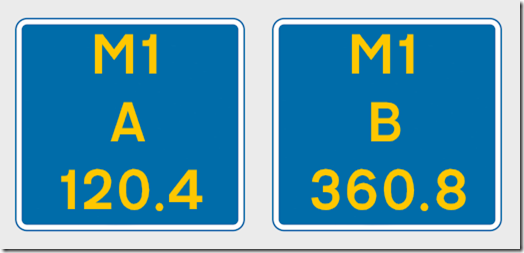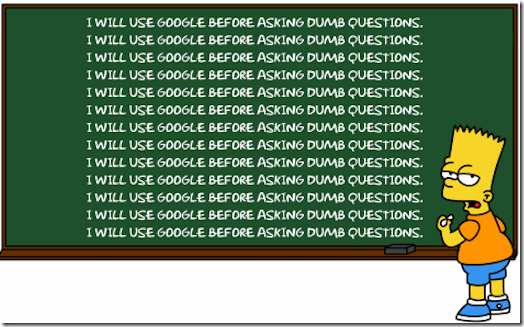 Look at the date this was first published! It’s an old, old post! CCL definitely IS part of the Part 3 test in 2019.
Look at the date this was first published! It’s an old, old post! CCL definitely IS part of the Part 3 test in 2019.
A few years ago, on a now-defunct forum, one of the resident fossils took issue with comments I had made on the page where I provide the PST marking sheets for download. It was around the time DVSA (or DSA, as it then was) introduced CCL (client-centred learning) as part of the expected skills of an ADI. I had pointed out that since the Standards Check was going to be looking for evidence of CCL, and since learners were being taught using it, at some point the same approach would have to be used for ADI qualification on the Part2 and 3 tests.
My only point at the time was to indicate that once I had access to the necessary marking sheets for the new test, then I would make them available.
DVSA announced in 2016 that the Part 3 test would indeed be changing – an outcome so obvious that I can take no credit whatsoever for predicting it several years earlier. However, DVSA is not renowned for its efficiency or constancy, and although I cannot now recall the precise sequence of events (i.e. delays) to the change since its announcement, this latest email indicates that they still haven’t got the necessary Parliamentary approval, and the proposed start date of “late October” has been put back yet again.
No dates are given, but since any ADI with a test booked needs to be aware of what is happening, it would be logical to assume that the best-estimate start date for the new test has got to be at least as far away as the current longest waiting time between booking and taking a test. In other words, several months – and that’s several months from the date Parliamentary approval is gained, which may not be for several months in itself!
In short, don’t expect the new Part 3 testing regime to come into effect until 2018 (that’s my estimate). At least 2018 (that’s my cynicism).
Fair enough, I could be wrong, and they might get approval tomorrow [edit: they didn’t]. It came into effect in 2018], but I doubt it. Taking the Part 3 is stressful enough for people as it is. Knowing that the test was changing will have meant they will have been trained specifically for it, so to be told that it’s old-style PSTs is really going to screw them up.
On the one hand, it’s all the government’s fault for being so inefficient. But on the other hand, DVSA should not have announced a semi-specific start date before Parliamentary approval had been gained. It was obvious that it simply wasn’t going to happen to a fixed timescale.
It also makes me wonder when learners will finally be allowed on motorways. [edit: they are now – since June 2018 – anyway]. That also needs Parliamentary approval, and back in August it was expected “in 2018” (the ‘first half’ being implied). At this rate we’ll be lucky if it happens during the current government, which takes us right back to where we were before.
And these are the same twats trying to take us out of Europe. Make up a suitable sentence using the words “piss”, “up”, and “brewery”.
 An
An 
 I originally wrote this back in 2012, but it has had a run of hits lately so I thought I’d update it.
I originally wrote this back in 2012, but it has had a run of hits lately so I thought I’d update it.
 I saw a
I saw a 
 The raw (and probably some of the in-store cooked) chicken sold at stores like Marks & Spencer, Aldi, Lidl, The Co-op, Tesco, and Sainsbury’s is supplied by a company called 2 Sisters Food Group, based in Birmingham. It was founded in 1993 and has an annual revenue of over £3 billion. It has numerous subsidiaries, including Fox’s Biscuits.
The raw (and probably some of the in-store cooked) chicken sold at stores like Marks & Spencer, Aldi, Lidl, The Co-op, Tesco, and Sainsbury’s is supplied by a company called 2 Sisters Food Group, based in Birmingham. It was founded in 1993 and has an annual revenue of over £3 billion. It has numerous subsidiaries, including Fox’s Biscuits.